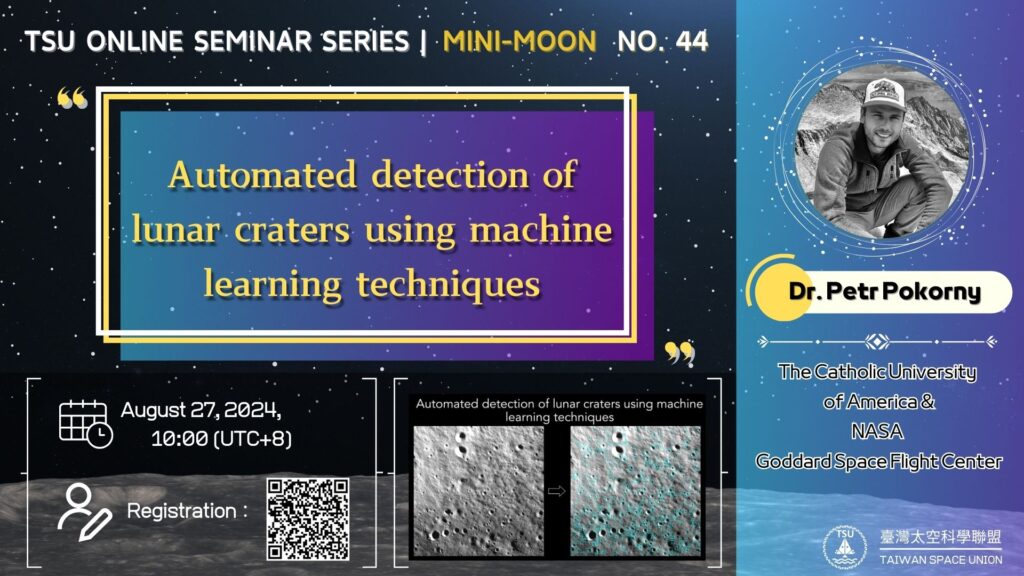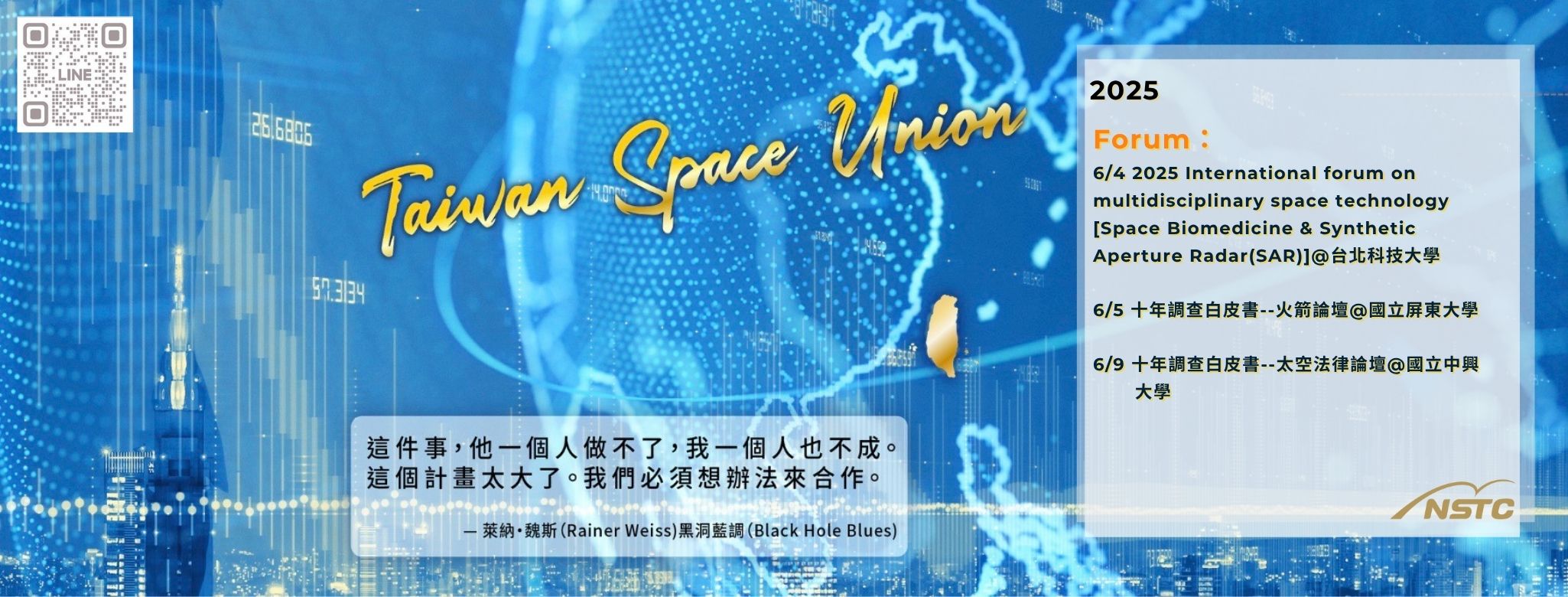
★ August 27, 2024 (Tuesday) 10:00 AM (UTC+8)
Speaker: Dr. Petr Pokorny ( NASA Goddard Space Flight Center )
Title: Automated detection of lunar craters using machine learning techniques
VIDEO
Abstract
Impact craters cover surfaces of all airless bodies in the solar system, including our Moon, where they are the most common feature. Representing the most active geologic activity on the lunar surface impact craters are a direct link to the chronology of planetary bombardment in the Solar System. On the Moon, impact craters cover an immense range of sizes from thousands of kilometers in diameter down to micron-sized craters observed in lunar rock samples. Remote sensing from various space missions imaged the lunar surface with high resolution reaching several meters per pixel. Using the impact crater power law size-frequency distribution, we can estimate that the number of lunar impact craters larger than 10 pixels in diameter (>20 meters) easily exceeds 1 billion individual craters. Such an overwhelming number would make any purely human counting effort that aims to establish a complete global database of impact craters nearly impossible. Fortunately, the advent of machine learning algorithms and deep learning make it possible to bridge this gap.
In this talk we will explore various methods and approaches that combine the latest deep learning techniques to develop automated crater detection algorithms (aCDAs). We will explore how neural networks trained on individual images are able to efficiently detect lunar craters in various locations and illumination conditions. We will discuss how including digital elevation models changes the crater detection performance, and how individual crater shapes can be retrieved. We will also explore automated impact crater searches on other planetary bodies and show the benefits of transfer learning. Ultimately, we will discuss the latest global impact crater surveys and prospects for automated feature detection techniques in the Solar System.
Dr. Petr Pokorny

Bio
Dr. Petr Pokorny received his B.S. in Physics at Charles University in Prague, Czech Republic, where he also received his M.Sc. in Astronomy and Astrophysics,. and his Ph.D. in Theoretical Physics, Astronomy and Astrophysics. After his Ph.D. Dr. Pokorny spent 2 years at the University of Western Ontario, London, ON, Canada working as a postdoctoral research fellow. In August 2016 he joined the Department of Physics at the Catholic University of America, Washington, DC as a research scholar and works as a contractor at NASA Goddard Space Flight Center.
Dr. Petr Pokorny research focuses on (1) the formation, evolution, and detection of the interplanetary dust cloud in our Solar System, (2) the origins and dynamical evolution of circumsolar dust rings in our Solar System, (3) impact processes on airless bodies, and (4) machine-learning driven impact crater detection on inner solar system bodies. Dr. Pokorny’s research combines detailed models of the interplanetary dust populations with ground-based and space-borne observations to better understand various facets of the dust environment in the Solar System. Dr. Pokorny currently works on several projects that focus on global mapping of inner solar system airless bodies for impact craters using modern machine-learning techniques.
Areas of interest
Interplanetary dust environment, circumsolar dust rings, impact processes on airless bodies, machine-learning techniques, automated impact crater detection

